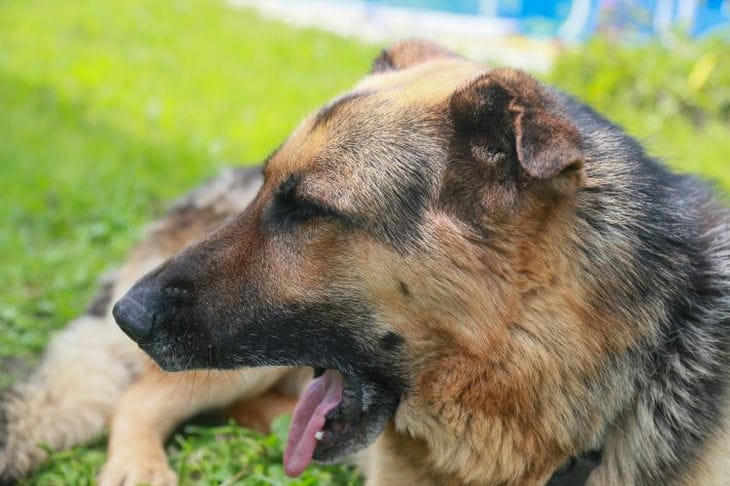The appearance of a pet in the family is a joy, a lot of positive emotions and impressions.
But in order for cohabitation, games and walks to be comfortable for the owner and the dog, it is necessary to properly raise and train the pet.
It is advisable not to postpone the first training sessions for later and to start raising the puppy before it turns into an uncontrollable adult dog.

Daily games will help establish mutual understanding and make the initial stages of training easier. Properly set up games will prevent the formation of bad habits and negative skills.
During the game, the young dog learns to interact with the owner and listen to commands.
Experienced dog trainers recommend laying the foundations of future training from early childhood; this will help the puppy behave correctly in the house and on the street, and will also ensure normal socialization and adaptation.
What time and where is the best time to conduct training?
It is advisable not to start training or games immediately after eating, but to wait 1-2 hours. It is important that the pet is not distracted by hunger or natural needs, so it is better to start training after eating and exercise.
It is necessary to closely monitor the condition of your pet. If your pet is overtired, sick or not in the mood for training, it is better to reschedule the session for a more favorable time.
Training or games are best done outdoors or in a spacious room with natural ventilation. Special playgrounds or an inner courtyard are good options.
The main rule is the dog's safety, so you need to be careful when choosing a place.
Basics of training. Do's and Don'ts
1. You can't cancel a command. That is, you need to achieve execution and only then praise or reward the dog with tasty food or affection. If you cancel commands before they are executed, they will be devalued.
This way, the negative skill will be reinforced. You can repeat "no" or "sit" a hundred times, the dog simply won't react, because it is not necessary to follow the command.
2. Do not overfeed your dog during training. Food rewards should be minimal. It is better to alternate treats with affection and verbal praise. Dogs are very sensitive to the tone of voice and understand perfectly well when they are praised.
3. Only permitted objects can be used for training. This is the basis of puppy education. If some object is prohibited, then this rule should not be violated even during games.
4. You can't deceive your dog. Sometimes owners lure puppies or adult dogs with their favorite commands "walk" or "eat", but in fact they scold them for something or do something unpleasant (give an injection, take away a toy, etc.).
Because of this, the dog develops a negative attitude towards commands and rituals. The animal will no longer trust the owner.
5. You should always strive for clear and correct execution of the command. If the dog sits crookedly when commanded to sit and gets a reward, then it will be very difficult to retrain.
6. It is important to speak the same language with your dog. If it is clear that your pet does not understand the command, then you need to add more obvious actions. For example, when giving the command to sit, you need to additionally touch the dog's back with your hand and press lightly. You should immediately stop pressing and touching when the dog starts to squat on its own.
7. Consolidation of commands should be done in stages. You cannot teach several commands at once in one training session. This will only confuse the dog. It is advisable to repeat and consolidate the acquired skill over several days.
8. You can't punish the dog or raise your voice at it during training. This will cause a negative attitude towards the whole process and will slow down further training.
9. It is important to reinforce only correctly executed commands. If the dog does something wrong, then no one but the owner is to blame.
For example, when teaching the “heel” command using the food reinforcement method, the treat was in the wrong hand or at the wrong height.
Thus, the dog remembers the wrong position. The pet does not care which side and at what speed to move. He will do as he is taught.
10. It is advisable to conduct the first lessons away from people, dogs and cars. It is necessary to reduce external irritants to a minimum. And only when the dog has learned the first commands and obedience, you can continue training in more difficult conditions.
Simple commands such as “sit”, “lie down”, “heel” or “place” can be taught to puppies from 1–2 months.
It is advisable to move on to more complex elements of training from the age of 4-6 months, when the basic skills have been learned and consolidated.
To ensure that the results achieved are not forgotten, it is better to conduct training daily and at a specially designated time.
Previously, we talked about how to properly train your dog.








